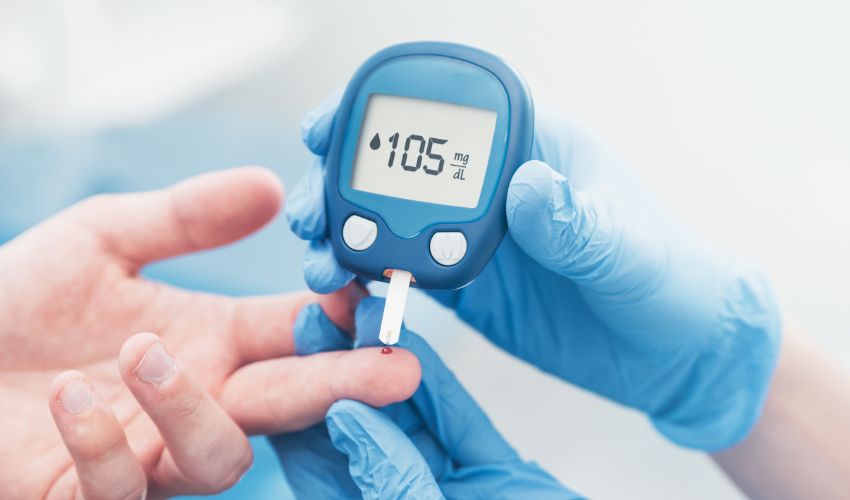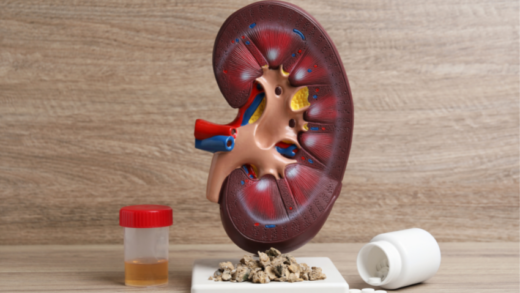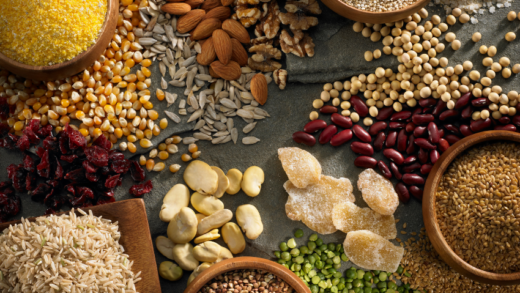Soluble fiber is a type of fiber that dissolves in water and forms a gel-like substance in the gut. It is found in fruits, vegetables, legumes, whole grains, nuts, and seeds. Unlike insoluble fiber, which does not dissolve in water, soluble fiber helps in regulating digestion, controlling cholesterol levels, and maintaining blood sugar levels.
How is Soluble Fiber Different from Insoluble Fiber?
Soluble fiber and insoluble fiber are two types of dietary fiber. Soluble fiber dissolves in water and forms a gel-like substance, whereas insoluble fiber does not dissolve in water and adds bulk to the stool. Soluble fiber is known to regulate digestion, control cholesterol levels, and maintain blood sugar levels, while insoluble fiber is known to promote regular bowel movements and prevent constipation.
The Benefits of Soluble Fiber
Regulates Digestion
Soluble fiber helps in regulating digestion by adding bulk to the stool, preventing constipation, and promoting the growth of good bacteria in the gut. This, in turn, improves bowel movements and reduces the risk of digestive disorders like irritable bowel syndrome (IBS).
Lowers Cholesterol Levels
Soluble fiber is known to lower cholesterol levels by binding to cholesterol in the gut and preventing its absorption into the bloodstream. This, in turn, reduces the risk of heart disease and stroke.
Controls Blood Sugar Levels
Soluble fiber slows down the absorption of sugar into the bloodstream, thereby preventing spikes in blood sugar levels. This is especially beneficial for people with diabetes or those at risk of developing diabetes.

Promotes Weight Loss
Soluble fiber promotes weight loss by keeping you full for longer periods, reducing the absorption of calories, and increasing the production of hormones that regulate appetite.
Reduces the Risk of Heart Disease
Soluble fiber is known to reduce the risk of heart disease by lowering cholesterol levels, controlling blood sugar levels, and reducing inflammation in the body.
Best Sources of Soluble Fiber
The best sources of soluble fiber are fruits, vegetables, legumes, whole grains, nuts, and seeds.
Fruits and Vegetables High in Soluble Fiber
Fruits and vegetables that are high in soluble fiber include apples, pears, berries, citrus fruits, broccoli, carrots, sweet potatoes, and Brussels sprouts.
Legumes and beans that are rich in soluble fiber include lentils, chickpeas, black beans, navy beans, and kidney beans.
Whole Grains Packed with Soluble Fiber
Whole grains that are packed with soluble fiber include oats, barley, quinoa, and brown rice.
Nuts and Seeds Loaded with Soluble Fiber
Nuts and seeds that are loaded with soluble fiber include almonds, chia seeds, flaxseeds, and pumpkin seeds.
How to Incorporate Soluble Fiber in Your Diet
You can incorporate more soluble fiber in your diet by adding more fruits and vegetables, choosing whole grains over refined grains, incorporating legumes and beans in your meals, and snacking on nuts and seeds.

Add More Fruits and Vegetables to Your Diet
Fruits and vegetables are rich in soluble fiber, vitamins, and minerals. You can add more fruits and vegetables to your diet by incorporating them into your meals, snacking on them, or drinking them in the form of smoothies or juices.
Choose Whole Grains over Refined Grains
Whole grains are packed with soluble fiber, whereas refined grains are stripped of their fiber content. You can choose whole grains over refined grains by opting for whole wheat bread, brown rice, quinoa, and oatmeal.
Incorporate Legumes and Beans in Your Meals
Legumes and beans are a great source of soluble fiber, protein, and other essential nutrients. You can incorporate them in your meals by adding them to soups, stews, salads, or making them into a dip.
Snack on Nuts and Seeds
Nuts and seeds are a great snack option that are packed with soluble fiber, healthy fats, and other essential nutrients. You can snack on almonds, chia seeds, flaxseeds, or pumpkin seeds to increase your daily intake of soluble fiber.
FAQs:
What are the health benefits of soluble fiber?
Soluble fiber has several health benefits, including regulating digestion, controlling cholesterol levels, maintaining blood sugar levels, promoting weight loss, and reducing the risk of heart disease.
What are the best sources of soluble fiber?
Fruits, vegetables, legumes, whole grains, nuts, and seeds are the best sources of soluble fiber.
How can I incorporate more soluble fiber in my diet?
You can incorporate more soluble fiber in your diet by adding more fruits and vegetables, choosing whole grains over refined grains, incorporating legumes and beans in your meals, and snacking on nuts and seeds.
How does soluble fiber promote weight loss?
Soluble fiber promotes weight loss by keeping you full for longer periods, reducing the absorption of calories, and increasing the production of hormones that regulate appetite.
What is the recommended daily intake of soluble fiber?
The recommended daily intake of soluble fiber is 25 grams for women and 38 grams for men.
Conclusion:
Incorporating more soluble fiber in your diet is one of the easiest ways to improve
your overall health and wellbeing. Soluble fiber is a powerful nutrient that not only regulates digestion, but also helps in controlling cholesterol levels, maintaining blood sugar levels, and promoting weight loss.
By adding more fruits, vegetables, legumes, whole grains, nuts, and seeds to your meals, you can easily meet your daily requirement of soluble fiber. So, start incorporating more soluble fiber in your diet today and reap the benefits of this magical nutrient!






















